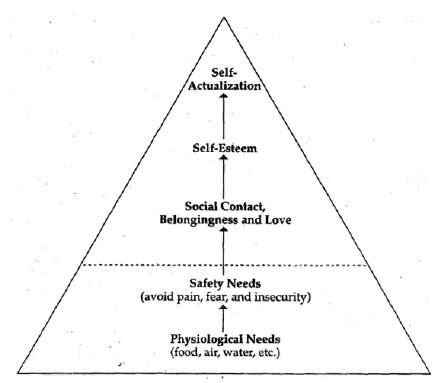--Originally published at Debugging My Mind
Today I’m gonna talk about two TED talks I watched, one done by Sam Richards, speaking about empathy, while the second one was done by David Marquet, focused on leadership.
We always think of empathy as the stereotipic small definition of “putting yourself in someone else’s shoes”, which is not saying that is wrong, but rather how deeply we actually think of it. As a student, I’ve been able to travel to different countries a few times, the most special one being the time I lived in Japan for a summer, living with a japanese family, studying the language, experiencing their culture and meeting people from a lot of different countries. An experience like this is, I believe, one of the biggest “eye openers” that a person can have towards the world, how the moral rules, the stereotypes, your opinion on plenty of things change, when you truly notice how small of a world you were originally living in.
I can safely say that experience has made me a very open-minded person, and it only goes better from that, you learn to understand, you start asking yourself “why reject things without a reason”, or “what’s truly wrong about something”, there’s plenty of moral rules here in Mexico that we all follow or consider normal without ever asking ourselves why, or even doubting lots of them at all, it can lead to people hating, judging, going out of their way to make their voice be heard when they complain about someone when it’s doing absolutely no harm to them, just because it doesn’t fit in the “normal” scenario that they’ve lived in for so long and that they don’t want to have broken.
That’s the thing with empathy, just like the talk says at the very end and that I liked a lot, specially cuz it’s a personal thing I can completely understand and have experienced. Once you manage to walk even an inch on someone else’s shoes, in a completely different and radical position to yours, one that makes you think, analyze, try to understand, suddenly the smaller things, the ones you deal with in your daily life, become so much easier to deal with and understand.
On the other hand we had a talk about giving leadership, giving control, not taking it. I couldn’t agree more with it, I have honestly always had a gripe with the educational system we still use, it’s a very old model, made to make soldiers, people that follow orders without questioning, making followers in a world that requires thinkers right now. Why do we keep forcing people to learn things that they won’t use, and I’m not talking about common knowledge that should be taught, like say basic maths, but are things like chemistry, calculus, physics, on a higher educational level, really going to help absolutely anyone? I know plenty of people who live a happy and successful life, without having ever used it or worried about it, so that means it was wasted time right?
Why not push people towards the things they like, the things they’re good at, the ones that are going to be useful for them in the long run. This would basically make, in a nutshell, thinkers; people who are excited to work in what they do, enthusiastic in making things work or try new ideas, and capable and wanting to make their own contribution to the bigger picture. What our country really needs right now is thinkers, not followers, for it’s the only thing stalling us in the place we are, allowing the corruption and bad practices to carry on.












